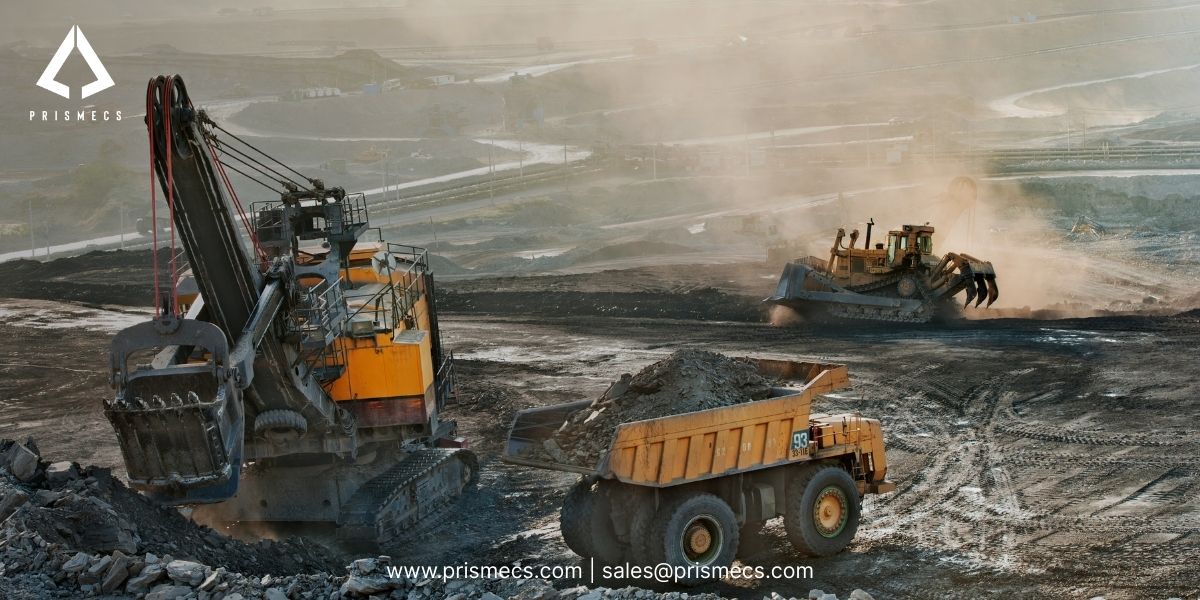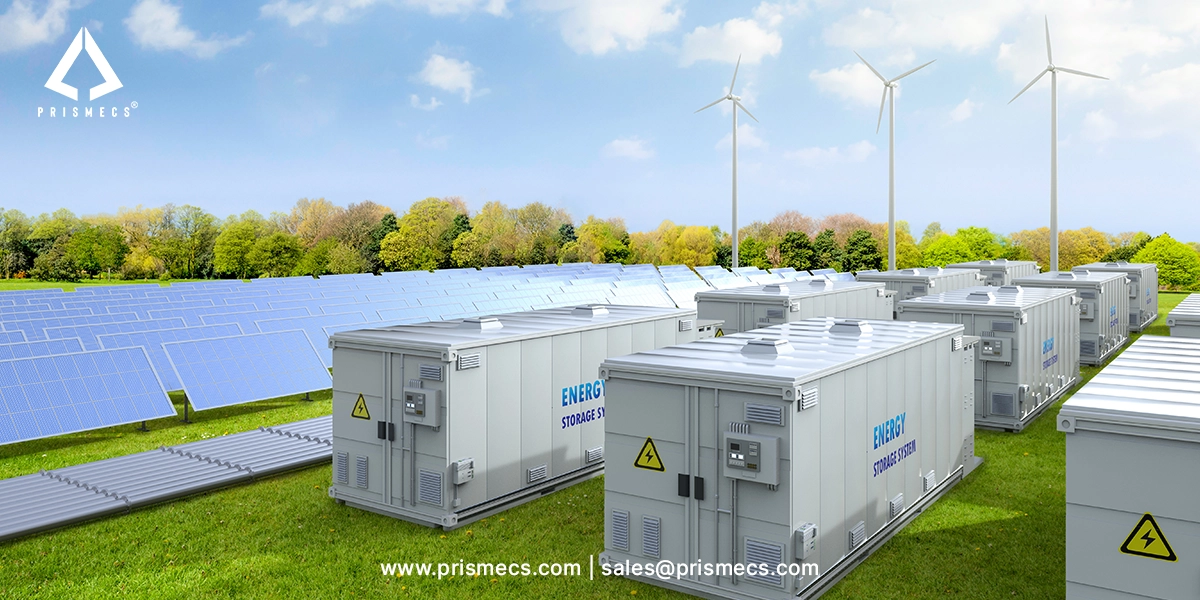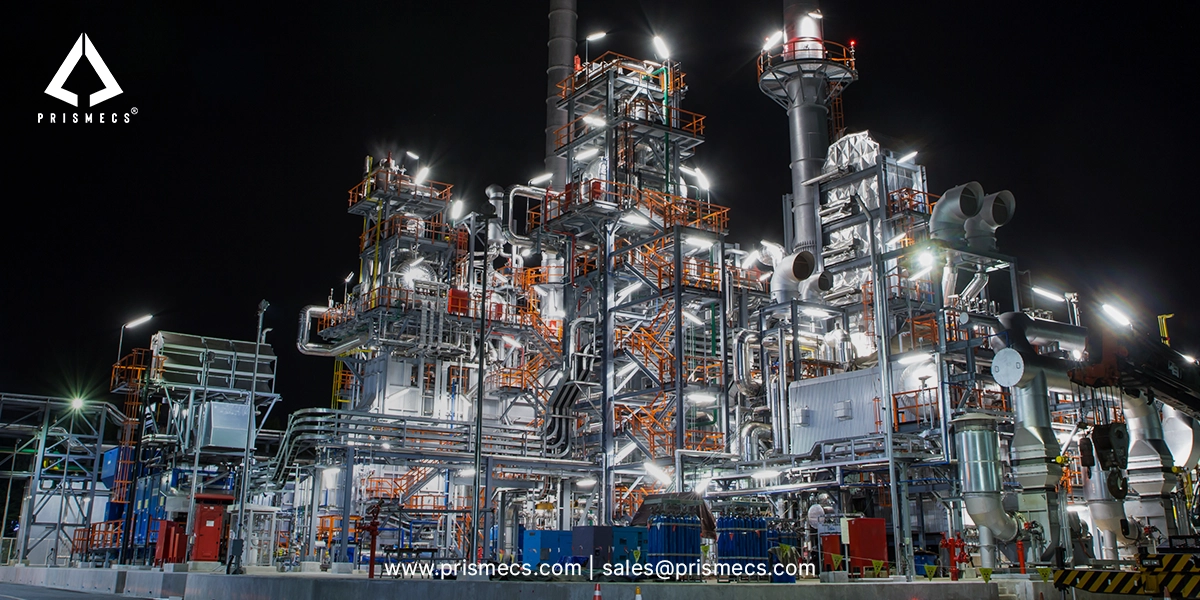
The mining and metals industry supports many sectors, from electronics to infrastructure. It supplies the raw materials required for everyday products. However, the environmental impact of traditional mining practices has raised significant concerns over the years.
As the world shifts towards sustainable solutions, the mining and metals sector faces growing pressure. It must adopt eco-friendly methods while maintaining efficiency and profitability. In this blog, we will explore sustainable practices in the mining and metals industry. These initiatives contribute to a cleaner and more sustainable future.
The Significance of Sustainability in Mining and Metals
Metals and mining operations can have a significant environmental footprint. They consume vast amounts of energy, disrupt ecosystems, and generate waste. As the demand for metal and mineral resources grows, so does the environmental burden associated with extraction.
At the same time, the mining and metals sector plays a crucial role in meeting demand. The demand includes critical minerals and metals, such as rare earth elements, for clean energy technologies. These minerals are essential for electric vehicles and other sustainable innovations.
Geological Survey for Resource Efficiency
A thorough geological survey now serves as a vital first step for resource efficiency. It also helps minimize disruption to the surrounding environment. The World Bank estimates that energy transition minerals will be needed to increase fivefold by 2050 to meet demand. Clean energy technologies, including wind turbines and solar panels, will require more of these minerals.
Rapidly growing demands outside of the transition will further raise the need for mineral extraction. Experts anticipate that the global market value of smart mining will surpass $34 billion by 2028. The mining industry is moving toward these new, more efficient processes.
Smart Mining is a Great Opportunity and Challenge
To balance economic growth with environmental stewardship, the industry has started integrating sustainable practices. These efforts aim to mitigate the negative environmental impact, enhance energy efficiency, improve worker health and safety, and promote responsible resource utilization.
More mining companies are now aligning their operations with renewable energy sources, such as solar and wind. They reduce dependence on fossil fuels and lower greenhouse gas emissions.
Key Sustainable Practices in Mining and Metals
The mining and metals sector incorporates key sustainable practices listed below. These practices reduce carbon emissions and encourage the responsible use of critical materials. They help shape a cleaner energy future.
Responsible Mining Practices
Traditional mining often results in significant environmental damage, including soil degradation, water contamination, and habitat destruction. To mitigate these impacts, mining companies are increasingly adopting responsible mining practices. These include:
Recycling and Reusing Materials
Many companies now focus on recycling precious metals and minerals, such as gold and silver. They recycle these metals from end-of-life products to reduce the need for new mining operations. This helps conserve critical materials, reduce waste, and minimize environmental degradation.
Reducing Water Consumption
Water is a vital resource in mining operations. Sustainable mining practices aim to minimize water use. They implement more efficient water management systems and reuse water in the extraction process.
Minimizing Land Disturbance
Minimized land disturbance involves careful planning to reduce the size and impact of mining sites. Additionally, companies are rehabilitating mining sites after closure to restore ecosystems and prevent long-term environmental damage.
Energy Efficiency and Clean Energy Technologies
The mining industry is energy-intensive, relying heavily on fossil fuels. To address climate change and reduce their carbon emissions, mining companies are increasingly adopting clean energy technologies and enhancing overall energy efficiency.
Renewable Energy Integration
Many mining operations now incorporate renewable energy technologies into their energy mix. They use solar, wind farms, and hydroelectric power. These clean energy sources significantly help reduce reliance on coal and lower carbon emissions.
Energy-Efficient Equipment
Modernizing equipment to improve energy efficiency is another key strategy. Companies are adopting advanced technologies, including electric trucks and hybrid vehicles. They are also investing in more efficient processing plants to reduce energy use. These efforts help build a sustainable energy future.
Carbon Capture and Storage (CCS)
Some mining companies are investing in carbon capture and storage technologies to capture CO₂ emissions from mining operations. These technologies prevent harmful gases from entering the atmosphere, contributing to the clean energy transition.
Extraction of Critical Minerals and Rare Earth Elements
The growing demand for critical materials and rare earth elements presents opportunities for growth. It also presents challenges for the mining and metals sector. These materials are essential for the development of renewable energy technologies, including solar panels, wind farms, electric vehicles, and energy storage systems.
Sustainable extraction practices for these materials focus on reducing the environmental impact. Companies are exploring new methods to extract critical minerals with minimal waste and energy use, such as:
Selective Mining
Selective mining techniques focus on extracting high-quality ores while minimizing waste and environmental impact. This ensures that critical materials are obtained in an efficient, sustainable manner.
Recycling Rare Earth Elements
Recycling rare earth elements from discarded electronics and other products is gaining traction. By reclaiming these critical materials, companies reduce their reliance on primary extraction and conserve natural resources.
Circular Economy Initiatives
A circular economy approach involves rethinking how materials are used throughout their lifecycle. A circular economy promotes the recycling, reuse, and repurposing of materials.
It minimizes waste and reduces the demand for new mining. This approach replaces the traditional linear model of extraction, use, and disposal. The mining and metals sector is embracing circular economy principles by focusing on:
Metal and Mineral Recycling
Many companies are working to increase the recycling rate of metals. This includes precious metals like gold and silver. It also includes industrial metals such as aluminum, copper, and steel. This reduces the need for raw extraction and supports the goals of a sustainable energy future.
Product Life Extension
Repair, refurbishment, and remanufacturing extend the life of metal and mineral products. This reduces the need for raw materials and supports long-term sustainability in the private sector.
Design for Recycling
Mining and metals companies are collaborating with manufacturers to design products that are easier to recycle and reuse. These efforts reduce waste and environmental harm while promoting the circular use of critical materials.
Health and Safety in Mining Operations
Sustainable mining practices also encompass the health and safety of workers. Mining is a hazardous industry, with workers frequently exposed to dangerous conditions. Ensuring worker safety is not just a regulatory requirement; it is a fundamental responsibility. It is a vital part of creating a sustainable and responsible private sector.
To improve health and safety in mining operations, companies are:
Implementing Technology-Driven Solutions
Automation and digital technologies, including remote-controlled equipment, sensors, and artificial intelligence (AI), help minimize human exposure to hazardous environments and enhance safety standards.
Enhanced Training Programs
Training workers in best practices, safety protocols, and emergency response procedures is critical. It helps reduce accidents and injuries in mining operations.
Monitoring Health Risks
Mining companies are using data analytics to monitor worker health and track potential risks. This proactive approach improves working conditions and reduces health-related incidents.
Global Market for Metals & Mining
The mining industry has experienced significant growth over the past few years. Experts project that the market will expand to $2,401.85 billion by 2025, reflecting a compound annual growth rate (CAGR) of 6.2%.
Technological innovations and increased investment in the sector have driven this growth. Supportive government policies and the adoption of renewable energy in mining operations also contribute. Fluctuations in commodity prices have contributed to driving this growth.
The Role of Sustainability in the Clean Energy Transition
The clean energy transition relies heavily on the availability of critical minerals and metals. As the world transitions away from fossil fuels, demand for renewable energy materials is expected to surge. Materials like lithium, cobalt, nickel, and rare earth elements will see significant demand.
Sustainable mining practices are crucial to meeting this demand while minimizing the environmental impact. By focusing on responsible extraction, recycling, and clean energy, the mining sector helps ensure the availability of clean energy resources.
At the Bottom Line
Sustainability in the mining and metals industry is no longer just an option; it is an imperative. Responsible mining, clean energy, and worker safety reduce environmental impact and support a sustainable future. As demand for minerals and rare earth elements grows, mining companies must innovate. They must adopt circular economy models to ensure the future availability of resources for clean energy.
How Prismecs can help in driving Sustainable Practices in the Mining and Metals Industry
Prismecs drives sustainable practices in mining by delivering innovative solutions that reduce environmental impact and enhance resilience. With expertise in renewable energy integration, advanced process automation, and energy-efficient technologies, Prismecs helps mining companies transition toward greener operations without compromising productivity.
Our end-to-end support, from engineering and procurement to maintenance and optimization, ensures that businesses can achieve sustainability goals while maintaining profitability. Contact us by phone at +1 (888) 774-7632 or via email at sales@prismecs.com to take advantage of our services.
Tags: Mining and Metals Mining and Metals Industry Metal and Mineral Clean Energy Technologies Metals Sector Critical Minerals Rare Earth Clean Energy Transition Health and Safety
recent posts

EPC Services
7 minutes read
EPC Power: From Design to Delivery of Reliable Energy System
Discover how EPC power solutions streamline design to delivery, ensuring reliable, efficient, and future-ready energy systems in one integrated proces...

Data Centers
12 minutes read
Powered Shell Data Centers | Benefits, Design & Adoption
Discover the benefits, design, and adoption of powered shell data centers. Learn how they boost speed to market, scalability, and energy efficiency.

Distributed Energy Services
9 minutes read
Smart Grid and Distributed Energy Resources
Discover how smart grids and distributed energy resources (DER) work together to create efficient, resilient, and sustainable energy systems for the f...

Petrochemicals
8 minutes read
Petrochemical Plant Operations Explained
Discover how petrochemical plant operations work, from raw material processing to product output. Learn key processes, safety, and technologies involv...